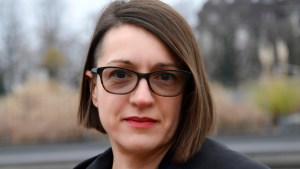Selena Savić is assistant professor of Protohistory of AI and machines in the arts at the University of Amsterdam. She previously worked at the EPFL in Lausanne, TU Vienna, and the Basel Academy of Art and Design, where she led the practice-based research PhD programme Make/Sense. She writes about computational modelling, feminist hacking and posthuman networks in the context of art, design and architecture.
Contributors
music, sound, communication art, tinkering (media, software, electronic devices…) Seppo Gründler, 1956, lives in Graz, main instruments guitar and electronics. He is head of master studies media and interaction design – FH Joanneum and teaching audiodesign at FH JOANNEUM – information design http://informations-design.fh-joanneum.at/ visiting professor at Donauuniversität-Krems (sounddesign).
Servando Barreiro, born in Santiago de compostela in 1979, has been pressenting works in Madrid, Berlin, Galicia, Paris, Rome, Montevideo, Trondheim. Bergen, Oslo among other locations. Sometimes in form of an interactive installation and sometimes as an audiovisual performance or a workshop about free technologies and open source. the last project I'm working on is http://minitronics.net dedicated to the exploration of the physical computing with low cost sensors and open hardware/software.
Servando Barreiro, born in Santiago de compostela in 1979, has been pressenting works in Madrid, Berlin, Galicia, Paris, Rome, Montevideo, Trondheim. Bergen, Oslo among other locations. Sometimes in form of an interactive installation and sometimes as an audiovisual performance or ab workshop about free technologies and open source. the last project I'm working on is minitronics.net dedicated to the exploration of the physical computing with low cost sensors and open hardware/software.
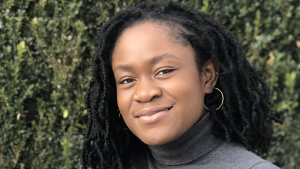
Seyi Olojo is a doctoral student in the School of Information at The University of California, Berkeley and an associated researcher at the Weizenbaum-Institut in Berlin, Germany. Her research explores how colonial histories of racial classification are re-articulated within contemporary machine learning practices, specifically data collection and early-stage machine learning. Her current research investigates the role of Western values in the mistranslation of indigenous Nigerian languages for commercial machine translation technologies.

Shu Lea Cheang (born 1954, Taiwan) is a multimedia artist who works in the fields of net-based installation, social interface and film production.
Over the past decade, she has emerged as a prominent figure in new media art. Cheang is one of the leading multimedia artists dealing with multidisciplinary studies. Her work is unique in allowing viewer interaction. She is most noted for her individual approach in the realm of art and technology, creatively intermingling social issues with artistic methods.[1]
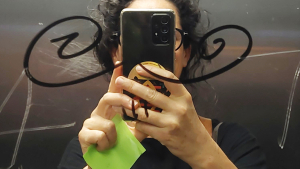
Shusha Niederberger is an artist, educator and researcher in digital culture and the arts. She has a background in digital arts, has developed and curated the education program for HEK (House of Electronic Arts Basel) for several years, and has been researching digital artistic practices and the commons (https://creatingcommons.zhdk.ch).
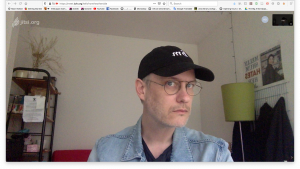
Simon Browne (AU) is an artist and researcher, a Contingent Librarian, and a student of Experimental Publishing at the Piet Zwart Institute. He is the initiator of the *bootleg library*, a social infrastructure based around a collection of unauthorised republished texts. His practice focuses on particular, situated social infrastructures, the tools that support them, and the contingencies they offer.
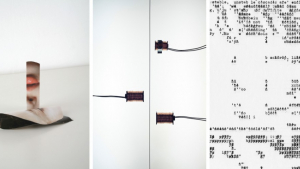
Simon Christoph Krenn was born in Feldkirch (AT) in 1986. He studied Biology and Architecture at the University of Innsbruck and is currently enrolled in the Bachelor's degree programme 'Timebased and Interactive Media' at the University of Arts and Industrial Design in Linz. Working at the intersection of experimental sound, video and hybrid media, he explores the barriers between digital representation and natural phenomena in conceptual installations. His work focuses on the metabolic-entropic consumption of information that occurs in the process of disappearance and dissociation.


